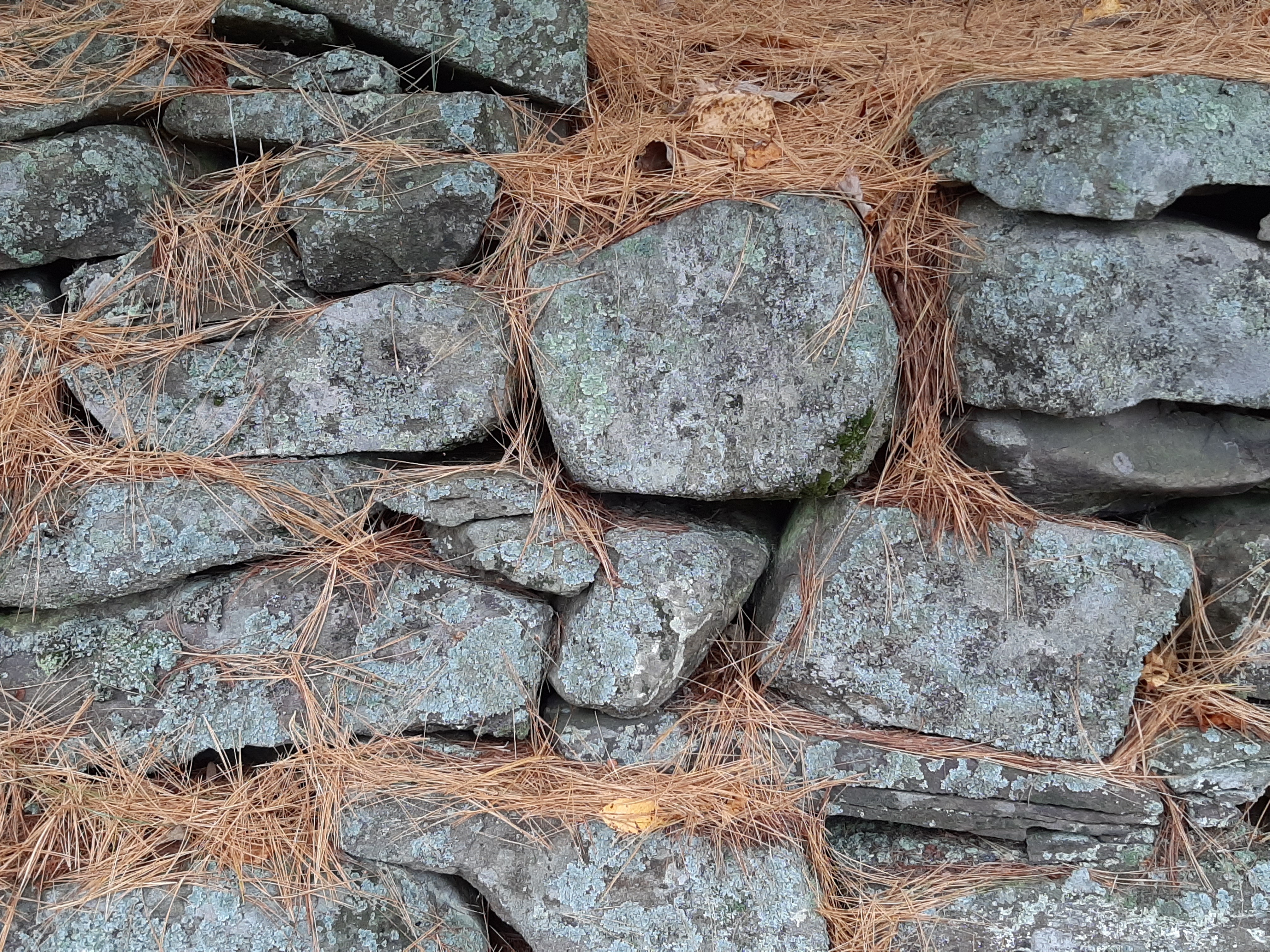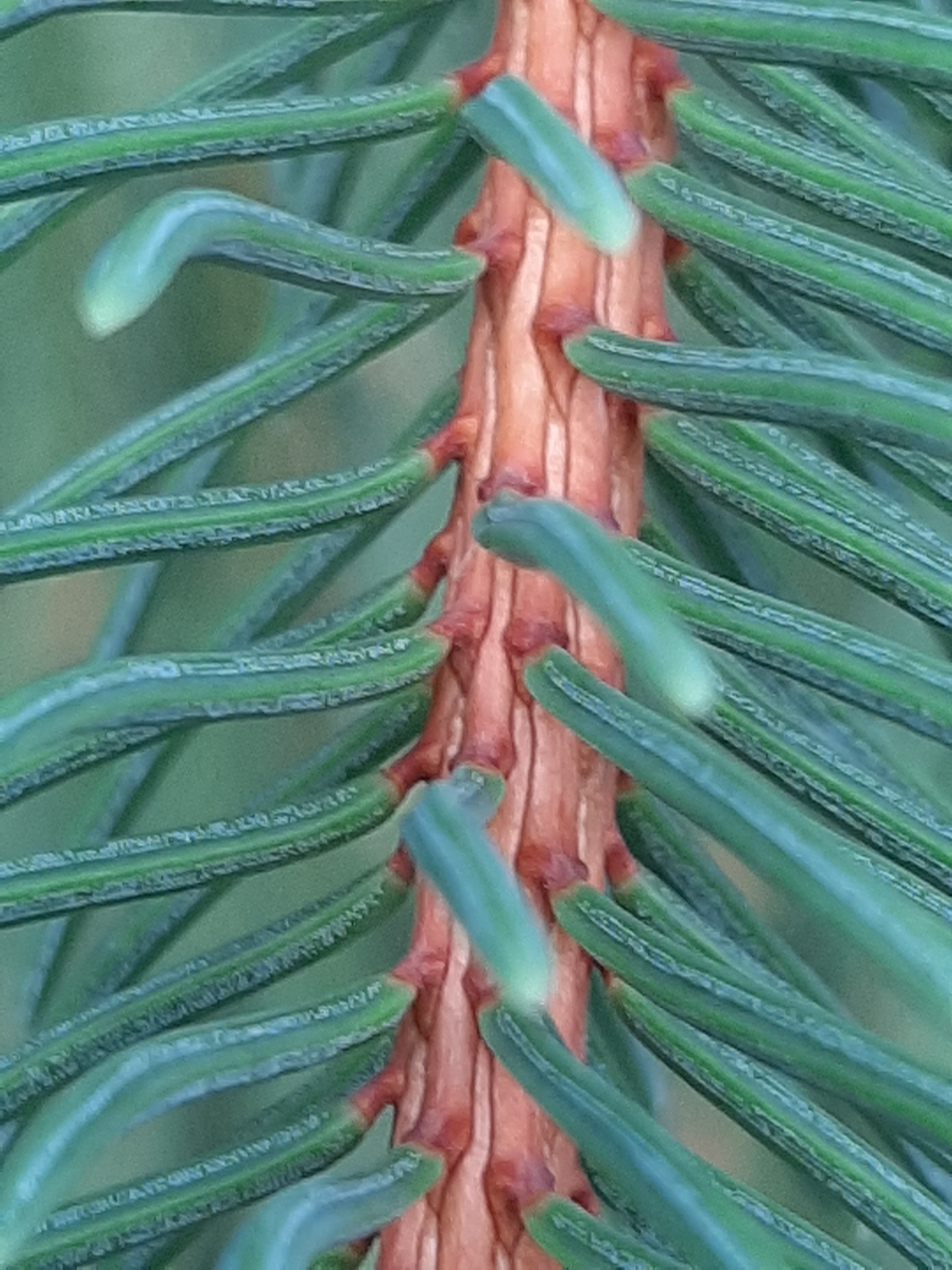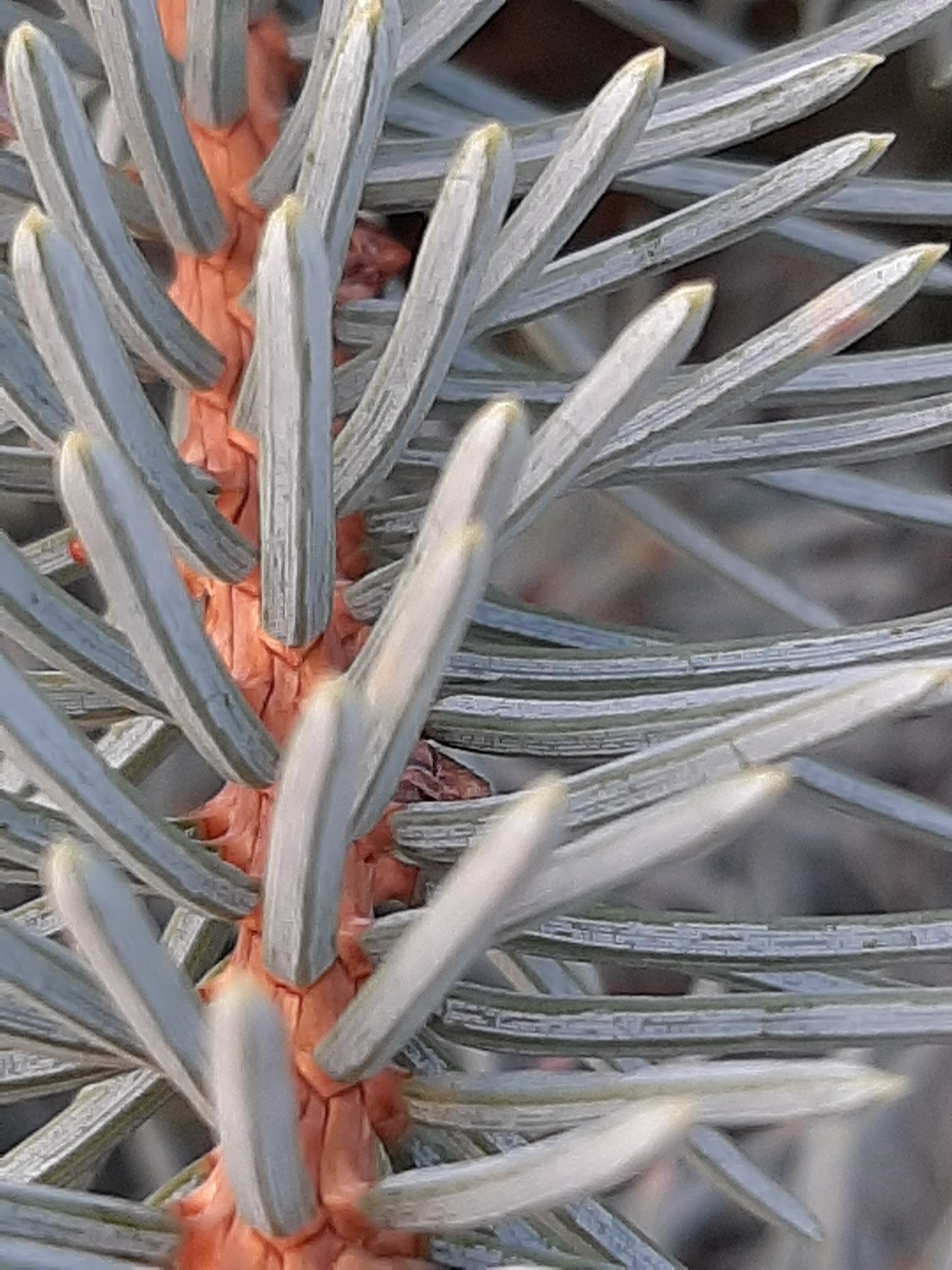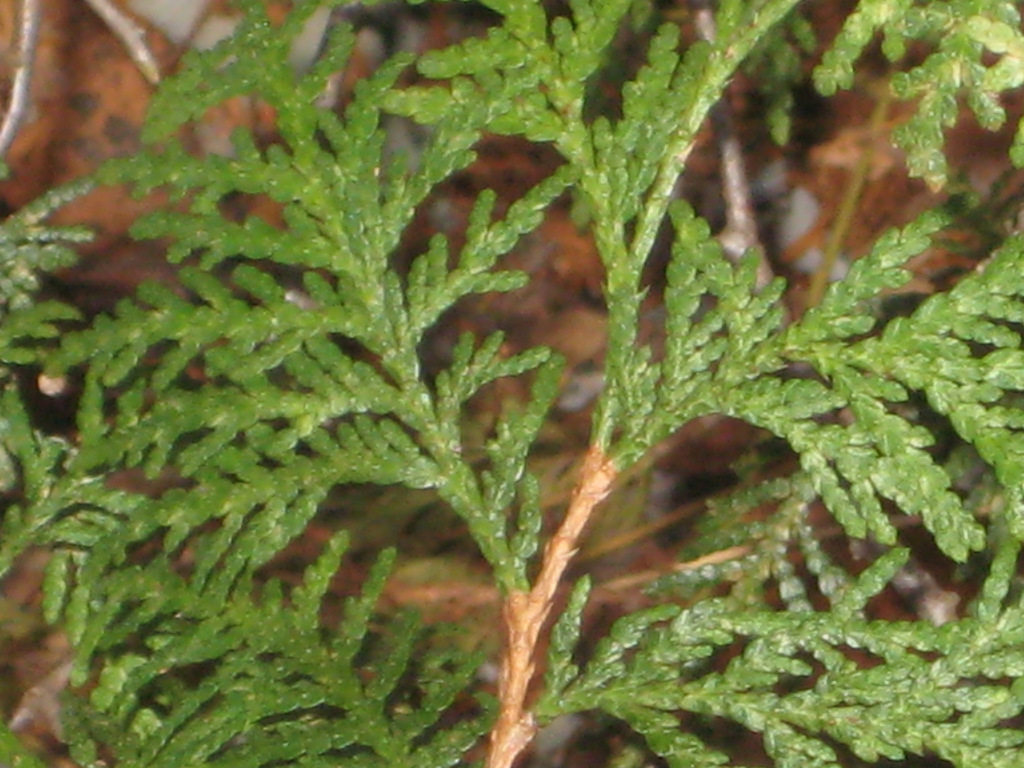They’re the stars of the holiday season. They brighten the whole drab winter with their warm, festive greenery. But during the summer, the evergreen trees lose their starring role—they’re completely upstaged by the foliage of oaks and maples and all the broadleaf trees. The evergreens, former stars of the forest, are now in a supporting role--they just blend into the general green backdrop of the woods.
Let’s take a closer look. First of all, what does it mean to be evergreen? Actually, “evergreen” isn’t a type of plant, it’s a lifestyle. There are evergreen ferns, oaks, and mosses. “Evergreen” just means they keep some (but not all) of their leaves green all year long. Needles are leaves, of course, they’re just shaped differently than those of the broadleaved trees. But nothing is green forever, and eventually needles turn brown and die; it just takes them longer than leaves like oak or maple. A pine needle lives about three years, and some types of spruces can hang onto their needles for seven years.
Anyway, evergreens like pines, spruces, firs, hemlocks, and cedars all get used to deck the halls and malls, and they decorate the forest even in summer. But it can be hard to tell which evergreen is which. Here’s a short field guide if you’re not sure which evergreen you’re greeting.
A simple rule of thumb: if the needles are longer than your thumb, it’s probably a pine. Pine needles grow in clusters on the branch, so if long needles are attached to the twig in bunches, think pine.
If the tree has short needles (an inch or less), and if they’re attached to the twigs singly, it’s probably a spruce, fir, or hemlock.
Spruces are the bottle-brush tree. When I’m teaching kids about tree identification, I literally show them a bottle-brush, to explain what I mean by the needles being arranged all around the branch. You can put your hand round a spruce twig and feel the prickle from all those bristly, stiff needles.
Firs and hemlocks have needles that lie in a flat plane, like two combs placed side by side. Fir needles tend to be flat and limp, like bits of green ribbon—not as prickly and sharp as spruce. Also, firs have a wonderful spicy, resiny fragrance—I think firs are hands-down the best-smelling trees in the woods.
Hemlock needles are smaller and not as fragrant, but they have a pair of distinctive white racing stripes on the underside.
If the plant has a sort of scaly look, a bit like the skin of a green reptile, it’s a cedar. Remember sssss-cedars look like ssssssnakes. Each of the little “scales” is actually a short leaf, and they overlap each other like tiles on a roof. White cedars top the list of deer foods—it’s hard to find a wild cedar (or one in a yard, for that matter) that hasn’t been nibbled to shoulder height by deer.
All of the evergreen trees are a feast for the five senses. On a hot summer’s day, pick a needle, crunch it up and sniff to be transported back to wintertime. Their prickliness is rewarding to touch, whether it’s the paintbrush softness of white pine, the bristly needles of spruce, or the smooth skin of cedar. Unfortunately, evergreen needles taste absolutely terrible, but all evergreens are very high in vitamin C and other minerals. They’re a nutritious nibble, or a healthy if less-than-delicious tea. (Please do not forage at the Arboretum, however. And be sure you never taste a yew tree, a common landscaping tree or shrub, which is highly toxic.)
And of course, evergreens are just plain beautiful. I love them for their stately height and their majestic silhouettes against the sky at sunset. Perhaps best of all, the sigh, murmur, and roar of the wind in the branches of evergreens is a symphony for all seasons.




